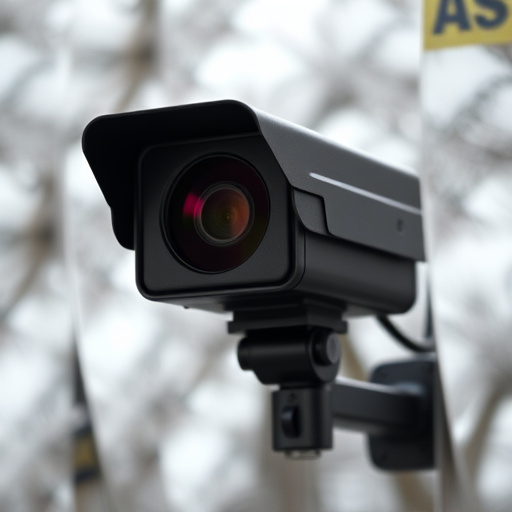A comprehensive study comparing spy camera models emphasizes battery life as a critical factor for discreet surveillance. By analyzing light interactions and unique reflections, even hidden cameras with low power consumption can be detected. The analysis considers video quality, resolution, motion detection, and night vision features, revealing their impact on battery runtime. This approach enables informed decisions when selecting spy cameras that balance functionality with optimal battery life expectancy, crucial for professionals seeking advanced yet efficient security solutions.
“Uncover hidden threats with our in-depth exploration of spy camera detection through light reflection techniques. This article delves into the science behind identifying covert surveillance devices, focusing on battery life as a critical factor. We conduct a comparative study analyzing various spy cameras’ power sources, shedding light on their operational longevity and detectability. Additionally, we examine advanced techniques versus durability, offering insights for consumers to stay ahead of potential privacy breaches.”
- Understanding Light Reflection for Spy Camera Detection
- Assessing Battery Life in Spy Cameras: A Comparative Study
- Uncovering Hidden Spies: Advanced Techniques vs. Durability
Understanding Light Reflection for Spy Camera Detection
Understanding how light interacts with surfaces is key in detecting hidden spy cameras, especially those designed with low-power consumption features to extend battery life. Spy cameras often use infrared or other non-visible light sources to capture images, making them difficult to spot visually. However, these invisible rays can still trigger unique reflections when hitting various materials. By analyzing these reflections, skilled investigators can identify the subtle glow from a spy camera’s lens, even if it’s pinhole-sized and designed for minimal power draw, allowing for a more comprehensive battery life spy camera comparison.
Assessing Battery Life in Spy Cameras: A Comparative Study
In the realm of spy cameras, battery life is a critical factor for users seeking discreet and extended surveillance. A comparative study of various models reveals significant variations in power consumption and runtime. This assessment involves examining different types of spy cameras—wired, wireless, and hidden—each with unique energy demands. Wired cameras, for instance, tend to consume less power as they’re constantly connected, while wireless models face the challenge of maintaining a signal, often requiring more frequent charging.
The study compares battery life through real-world scenarios, focusing on video quality, resolution, and recording duration. Higher resolutions generally demand more energy, impacting overall battery runtime. Additionally, factors like motion detection, night vision, and data storage methods influence power consumption. By understanding these variables, users can make informed choices, ensuring the spy camera meets their specific needs without compromising battery life expectancy.
Uncovering Hidden Spies: Advanced Techniques vs. Durability
Unveiling hidden spies has become a complex game, with technology advancing and spy cameras becoming increasingly sophisticated. One cutting-edge technique to detect these covert devices is through light reflection analysis, which offers a unique approach to security. This method leverages the fact that many spy cameras, especially those hidden in everyday objects, have specific lighting requirements for optimal performance. By shining a known light pattern or using specialized equipment, experts can identify unusual reflections, indicating the presence of a camera lens.
However, as with any technology, durability plays a vital role. Spy camera detection methods must keep pace with the ever-evolving array of devices available to covert watchers. In terms of battery life spy camera comparison, modern techniques aim to provide long-lasting solutions without compromising sensitivity. Advanced algorithms and efficient hardware ensure these systems can operate discreetly for extended periods, making them reliable tools for security professionals.
The detection of spy cameras has evolved, incorporating advanced light reflection techniques that significantly enhance security measures. This article has explored key strategies, including understanding light reflection for precise identification and a comparative study on battery life in spy cameras. Moreover, it highlighted the ongoing battle between advanced detection methods and the evolving durability of hidden devices. By staying informed about these developments, individuals can better protect their privacy, ensuring a more secure environment in today’s digital age. A thorough understanding of both technological advancements and practical considerations is crucial when navigating the complexities of spy camera detection.
